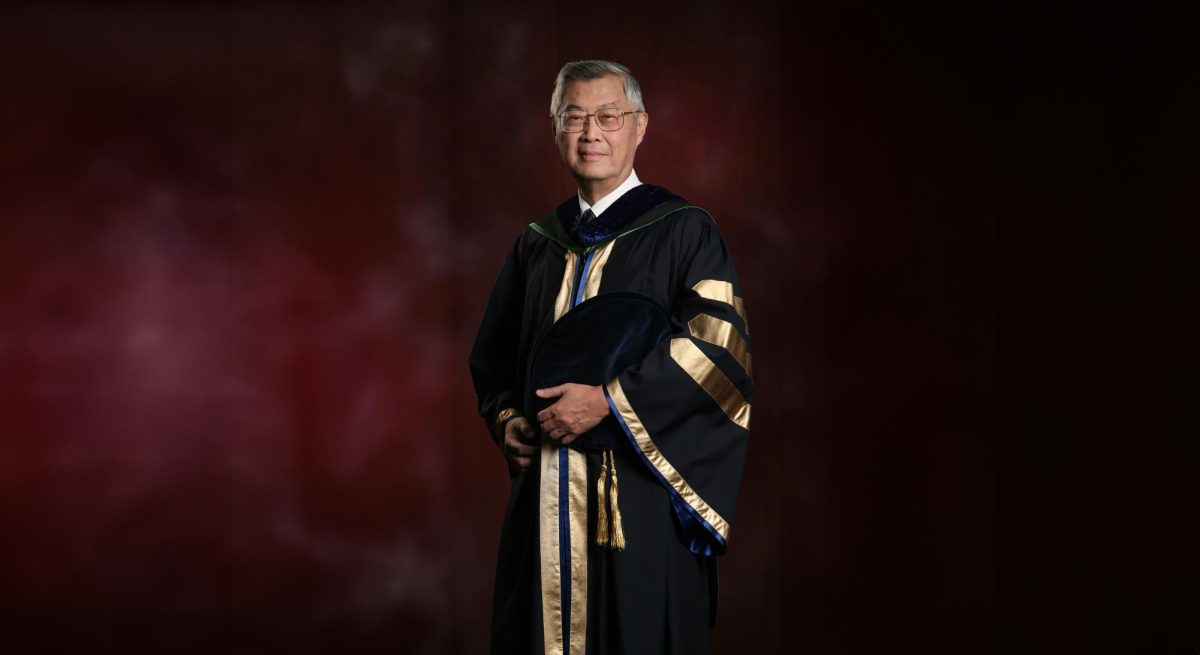Student Affairs and Enrollment Management was prepared to defame Xpress reporter and incoming-Editor-in-Chief Lorenzo Morotti, he erred in his reporting.
In the story, “Transphobic’ crime bulletin leads to demands for apology, action,” Morotti misidentified Student Affairs graphic designer Anthony “Tony” Robbins as SAEM chief of staff Tony Little.
In response to this mistake, Little emailed President Leslie Wong, SAEM Vice President Luoluo Hong and Mary Kenny, interim associate vice president of strategic marketing and communications, accusing Morotti of blatant misrepresentation, fabrication and a pattern of sensationalism in his reporting.
While mistaking the identity of a source is a grave mistake for a journalist, it does not equate to the accusations put forth by Mr. Little.
This misunderstanding was finally cleared up in a closed-door meeting on Dec. 21 with Morotti, Golden Gate Xpress Adviser professor Jesse Garnier, attorney James Wagstaffe, Kenny and Little.
Little apologized, saying he didn’t intend to jeopardize Morotti’s credibility or career, but he was “in his feels,” and as a black man in a position of power thought the error was intentional and racially charged.
Morotti apologized to Little for mistaking his identity.
Morotti said he met Little Friday, Dec. 7 at the SAEM front desk to discuss the university’s contentious crime bulletin, and when the then-reporter called the same desk about an hour later the voice on the other end of the line offered the greeting, “Office of Vice president. Tony, how can I help you?”
But because Mr. Robbins failed to include a surname Morotti inferred that he was speaking with Little, and thus the misunderstanding was born.
Morotti, who had a recording of the interview, conceded that in failing to ask for a surname during the conversation he erred, but he was confident in his reporting up until the Dec. 21 meeting. It was then that Robbins confirmed via conference call he spoke with Morotti in the Dec. 7 telephone interview.
Little also made a concession during the meeting, saying that though the quotes did not originate from him, they were nevertheless accurate.
In the original story, Morotti wrongly quoted Little saying the SAEM office received about 12 phone calls from people complaining that the use of the term “transgender” in a crime report summary Hong emailed to the campus community was inappropriate.
Morotti also incorrectly attributed Little saying he was worried the callers’ messages were not getting through to the right people. He was quoted saying the report’s language was meant to match the victim’s description of the suspect. All these quotes should have been attributed to Robbins.
The university later reported that the victim gave the wrong description to officers from the University Police Department, and that SAEM relayed that faulty information. As a result of continued pressure from the LGBTQ+ community, Hong subsequently issued a correction to the statement and an apology.
Xpress believes Little’s decision not to contact Morotti or the former Editor-in-Chief, Niko LaBarbera, immediately upon discovering the error was questionable.
With only 10 employees, one of whom shares Little’s first name, you’d think you’d be able to make the logical inference that it could be a case of mistaken identity.
We do not blame Little for his reaction. It’s not his fault Morotti made a mistake or that there is so much pressure from administration to curate a positive image to attract more students.
We believe Little’s allegations were influenced by such pressure from higher up the administration’s food chain.
In our last editorial, we stressed that a relationship between Xpress and the administrations and the attendant unfettered access to this source of official campus information is vital to our community. However, it appears SF State’s administration does not share those goals.
They cling to methods of prior restraint that give high-ranking officials time to tailor responses about controversial issues. Still, our requests for phone interviews with administrators like the president and provost of the university are limited to email threads.
We seek truth and report it, but we do not function as public relations for the university. It is not our responsibility to frame the administration or the university in a positive light.
Accuracy is paramount and the Xpress deeply regrets Morotti’s error, but we do not agree with SAEM’s reaction or its culture of obstructionism.
The Xpress is a conduit of information, not a gatekeeper. Sometimes our reporters get things wrong, but we must be honest about our mistakes or risk losing credibility.
Two wrongs never make a right. But if administrators continue to limit interactions with students to email correspondence, then issues like these are sure to arise.








